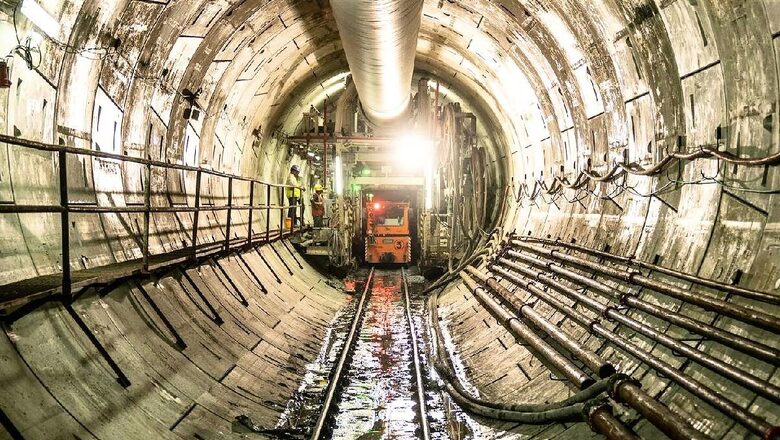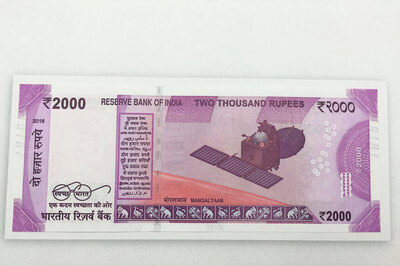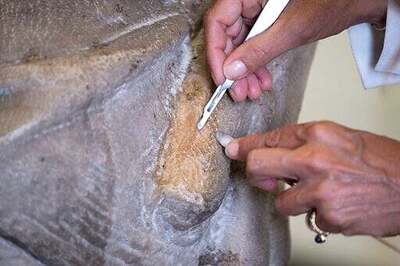
views
The long-awaited opening of the first phase of Mumbai Metro Line 3 is set to bring a sigh of relief to commuters heading to Chhatrapati Shivaji Maharaj International Airport (CSMIA).
The 12-kilometer-long phase one of the Metro 3 underground corridor, stretching from Aarey to Bandra Kurla Complex (BKC), is expected to be operational by the end of April 2024, as reported by Mumbai Now.
Once operational, Phase I will not only connect commuters to both domestic and international terminals of the airport but will also link up with Metro 1 (Versova-Andheri-Ghatkopar) at Marol.
This connectivity is poised to significantly reduce travel times, with journeys from Cuffe Parade to Aarey expected to take just one hour, compared to nearly two hours by road over the same distance.
The Mumbai Metro Rail Corporation Limited (MMRCL) kicked off integrated trial runs for Phase 1 of the underground Metro Line-3 (Colaba-Bandra-SEEPZ) on March 12. Passenger services will commence once approval is granted by the Commissioner of Metro Railway Safety (CMRS).
Once fully operational, Metro Line 3 aims to serve a staggering 17 lakh passengers daily, with trains running at a frequency of three to four minutes and accommodating around 2,500 passengers per trip. As the city’s only fully underground metro, its completion promises to enhance Mumbai’s transportation network significantly.
Beyond easing commutes, the metro line will also provide crucial connectivity to six major business and employment hubs, including Nariman Point, Cuffe Parade, Fort, Lower Parel, BKC, and SEEPZ/MIDC. Additionally, it will grant easy access to over 30 educational institutions, 13 hospitals, 14 religious sites, and more than 30 recreational facilities. Notably, it will extend connectivity to areas currently underserved by suburban rail, such as Kalbadevi, Girgaon, and Worli.
Furthermore, the integration of Metro Line 3 with other Mumbai Metro lines, the Monorail, Suburban Rail, and ST Bus services is expected to alleviate congestion on suburban railways by an estimated 15 percent, offering commuters more efficient and reliable travel options throughout the city.




















Comments
0 comment